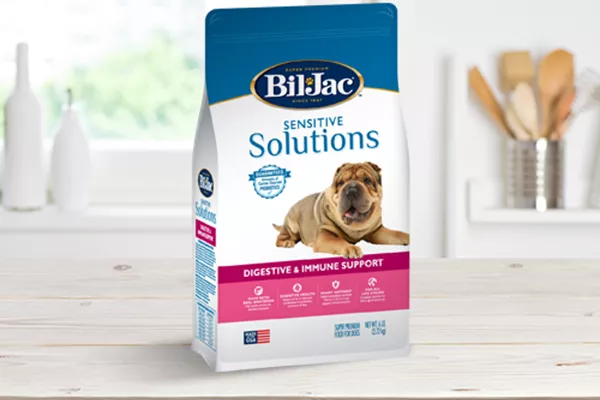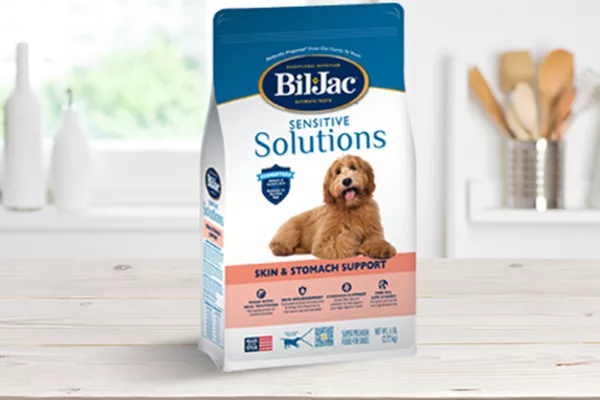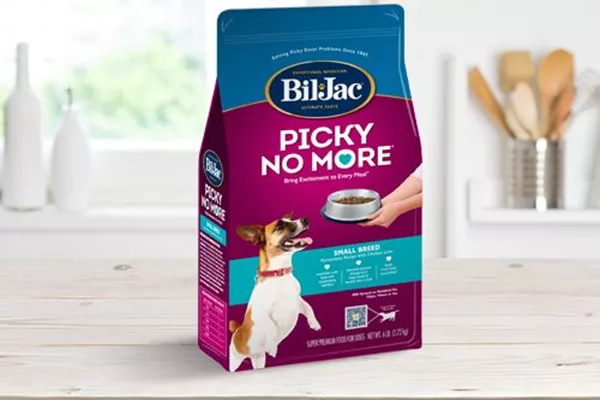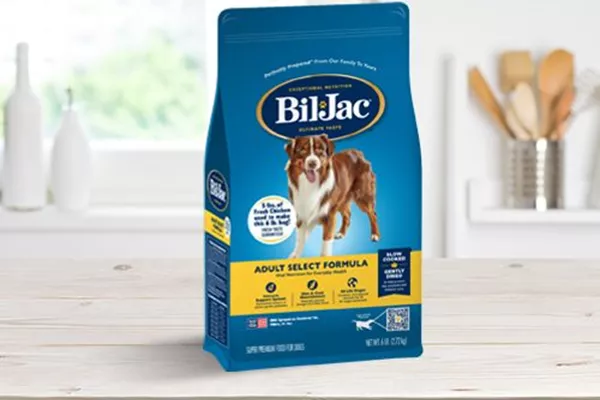Whether you’re upgrading to a higher-quality recipe or adapting to your dog’s changing needs, switching your dog’s food can be a delicate process. Some foods require a slow, steady transition while others may not require one to keep your best friend’s tail wagging – and their tummy happy.
Different Reasons Why You Might Switch Dog Food
Dogs need different nutrition at different points in their life for very different reasons. Below are reasons you might consider switching their food:
- Your dog is growing up: Whether your best friend is going from puppy to adult or entering their golden years, their nutritional needs change. It’s common to switch to adult dog food or senior dog food when they enter a new life stage.
- Digestive issues: Dogs can have food sensitivities or intolerance to certain foods. Depending on the situation, switching to a different dog food that is formulated for sensitive dogs could be beneficial.
- Weight management: Sometimes our best friends can enjoy their food a little too much and carry a few extra pounds. Switching to a food that has reduced fat can be helpful in maintaining a healthy weight for your dog.
- Picky eater: Some dogs just aren’t that into their current food, which may require a change to keep your best friend interested in mealtime. If your dog is showing signs of being a picky eater, transitioning to a different dog food might help.
- Specific food concerns: Perhaps you’re looking for a dog food rich in Omega 3 & 6 to nourish their skin and coat, or maybe you would like to give your dog probiotics to help support their immune and digestive system. If you want additional nutritional support, you may want to switch to a food that contains specific ingredients to help with these concerns.
- Better quality: Is your dog ready for an upgrade? Sometimes it’s just time to switch your dog to a higher quality dog food with premium ingredients and more protein.
What is the Best Way to Switch Dog Foods?
For most dog foods it is recommended that you switch dog food over the course of 7–10 days. These foods require a slow blend of the old and new food gives your dog’s digestive system time to adjust.
Bil-Jac dry dog food does not require a transition period for many dogs because of the unique slow cooking method used to protect essential nutrients and promote healthy digestion. Some sensitive dogs may require a 7–10 day period to adjust. Make sure to follow recommended feeding guidelines, adjust portion sizes accordingly, and consult your veterinarian with any concerns about switching foods.
Switching Dog Food for Multiple Dogs
Changing your dog’s food isn’t too complicated of a process. However, it can be tricky to manage different foods for multiple dogs. If you have dogs that have different dietary needs because of their age, size, or other factors, you have a couple of options:
- Feed each dog a different dry food that addresses their dietary needs.
- Choose a food made for “All Life Stages” that can be fed to dogs of all ages and sizes.
The difference between the two options is that one route requires you to manage different dog food formulas and make sure each dog eats the right food during mealtime, while the other allows you some flexibility and can even limit the need to switch foods in the future.
4 Tips for a Smoother Dog Food Transition
- Stick to your routine: Keep mealtimes consistent to support digestion and help your dog feel secure during the transition.
- Hold off on treats: While your dog’s adjusting, try to limit extra treats that could confuse their stomach.
- Hydration is key: Fresh water helps with digestion, especially if your new food is dry or has a different moisture content.
- Keep an eye on their stool: Monitoring your dog’s bathroom breaks is one of the easiest ways to gauge how they’re doing with the transition.
Can You Mix Wet and Dry Dog Food?
Absolutely! Many pet parents love combining dry and wet food for taste, texture, and variety. To make sure you’re not overfeeding your pup, calculate the total calories in both the wet and the dry food. The Pet Nutrition Alliance has a great calculator to help you figure out your dog’s daily needs.
5 Signs of a Successful Dog Food Transition
- Healthy, regular bowel movements
- A shiny, soft coat
- Steady energy levels
- Excitement at mealtimes
- No vomiting or digestive issues
If you spot anything off – like loose stool, loss of appetite, or lethargy – slow down the transition and give your vet a call
The Bottom Line: Transitioning to a New Dog Food Requires Monitoring
Dry dog foods made using a slow cooking process – like Bil-Jac – are typically gentle on your dog’s digestive system and may not require a transition period. In contrast, switching to or from extruded dog foods often calls for a gradual 7–10 day transition to help your dog fully adjust. When done properly, switching dog food can lead to a happier, healthier life for your furry friend. The key is to stay attentive to your dog’s behavior, digestion, and overall well-being throughout the process.
Looking to make a change? Explore Bil-Jac’s premium dry and wet dog foods, crafted with real chicken and slow-cooked for a taste dogs love and nutrition they need.
Want to learn more about how you can support your best friend? Join our Best Friends Club today to receive exclusive email updates, informative articles, and members-only discounts on Bil-Jac dog food, treats, and other products.




